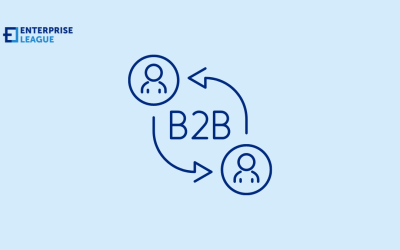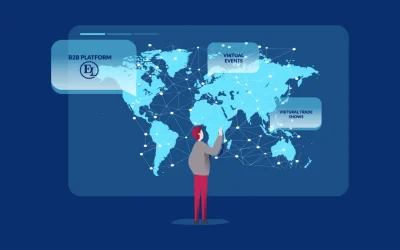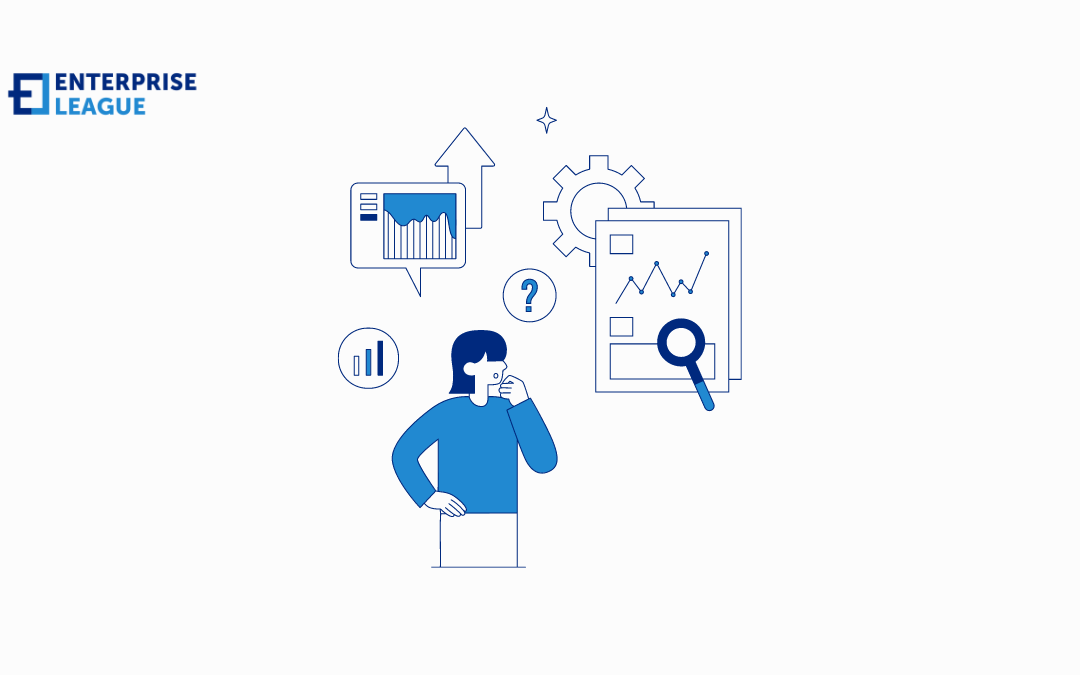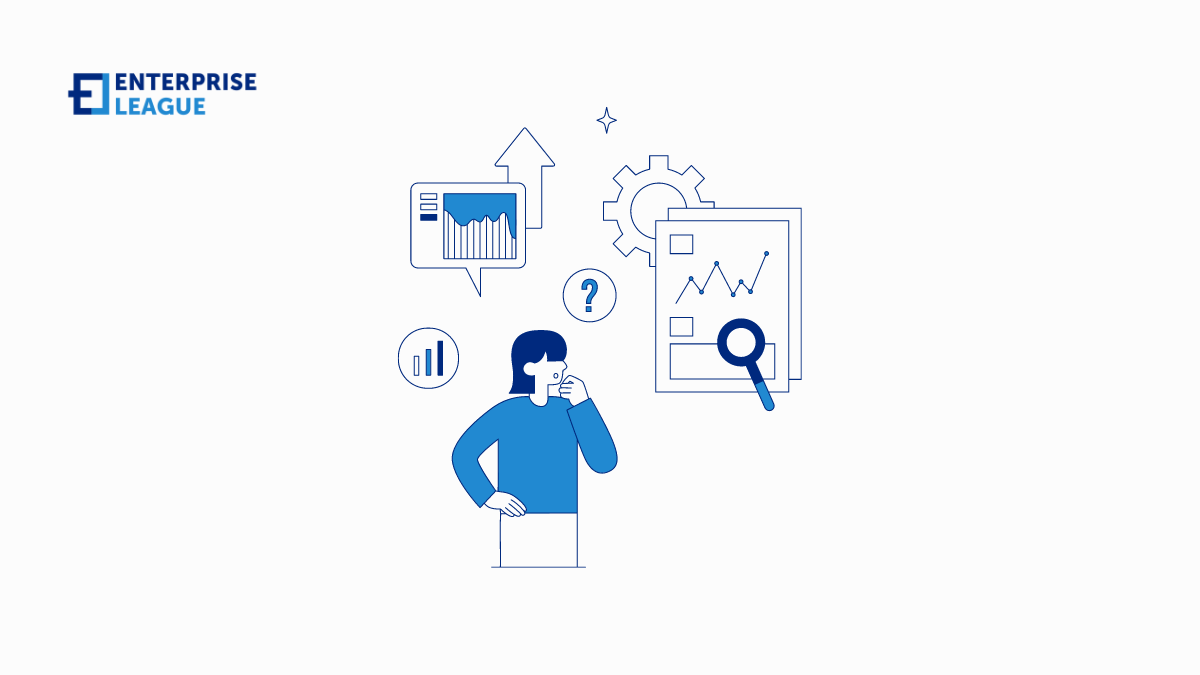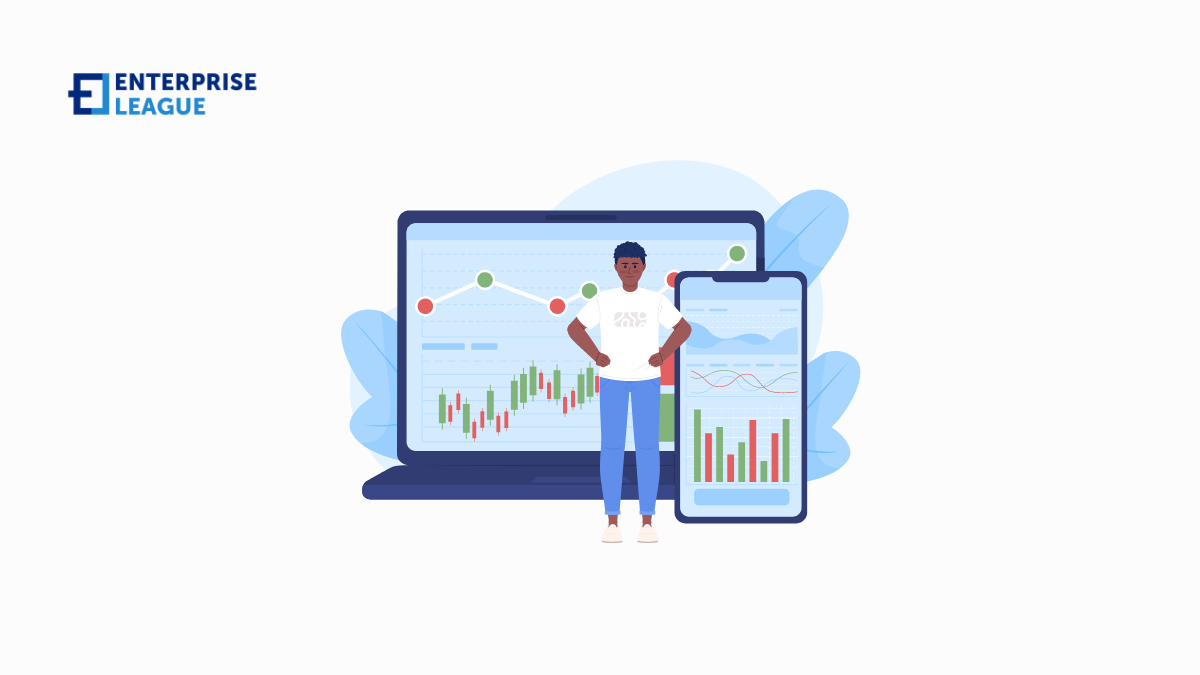In this article, we will discuss more about the benefits that flexible learning offer and how online courses can be used for successful skill development.

Surprising impact and benefits of LASIK for businesses
LASIK (Laser-Assisted in Situ Keratomileusis) is a revolutionary vision correction procedure that offers significant advantages for both business professionals seeking to optimize their performance and businesses looking to empower their workforce. This article explores the benefits of LASIK, addresses common concerns, and highlights its strategic value for professional success and business growth.
Benefits of LASIK for professionals
For professionals, LASIK offers a multitude of benefits that translate into a competitive edge:
- Enhanced Productivity: Improved vision can significantly enhance a professional’s ability to perform daily tasks. Imagine delivering flawless presentations without worrying about blurry slides or fumbling with glasses. Clear vision also translates to improved focus during meetings, allowing for better information absorption and active participation. Additionally, business travel becomes a smoother experience, eliminating the need to pack and manage contact lens solutions or worry about glasses getting lost or damaged. Therefore, if you’re considering LASIK, rest assured that you’ll receive the best laser eye surgery in London.
- Active Lifestyle Integration: Many professionals lead active lifestyles that involve sports, outdoor activities, or hobbies. LASIK eliminates the hassle and limitations associated with glasses or contacts during physical activities. Whether it’s hitting the gym, playing a competitive sport, or simply enjoying a weekend hike, LASIK allows for a more unrestricted and enjoyable experience.
- Long-Term Cost Efficiency: While there’s an initial cost associated with LASIK, it’s an investment that pays off in the long run. Consider the ongoing expenses of purchasing and replacing glasses or contact lens solution, not to mention the potential for lost or damaged eyewear. LASIK eliminates these recurring costs, making it a financially sound decision over time.
- Confidence Boost: Ditching corrective eyewear can lead to a more assertive and positive presence in the workplace. Improved vision can boost self-confidence, allowing professionals to project a more polished and professional image during interactions with colleagues, clients, and superiors.
Should businesses invest in LASIK for their employees?
Businesses can leverage LASIK to create a competitive advantage by offering it as an employee benefit:
- Improved employee convenience: Imagine employees seeing clearly without needing corrective lenses. This translates to a more streamlined workday, increased efficiency, and reduced time spent managing eyewear.
- Enhanced employee clarity: LASIK can potentially eliminate dependence on glasses or contacts for most work-related tasks. This can improve overall comfort and focus, leading to better employee performance.
- Reduced eye strain: Constant use of corrective lenses can cause eye fatigue and strain. LASIK can alleviate this, leading to a more comfortable and productive visual experience for your employees.
Addressing common LASIK concerns
LASIK is a well-established procedure, but some concerns are common. Here’s a breakdown to ease your mind:
- Discomfort: LASIK involves minimal discomfort. Numbing eye drops are used during the procedure, and most patients experience only mild sensations. Additionally, the recovery period is quick, allowing you to resume most activities within a day or two.
- Safety and efficacy: LASIK has a robust safety profile backed by extensive research and technological advancements. Modern LASIK procedures utilize sophisticated lasers for precise results, minimizing risks. Consulting a board-certified ophthalmologist with a proven track record further ensures a safe and effective experience.
- Downtime: LASIK boasts minimal downtime. Most patients experience some temporary blurry vision or light sensitivity immediately following the procedure, but this typically resolves within a few hours. You can expect to return to work within a day or two, with continued improvement in vision over the following weeks.
- Cost: While upfront costs exist, consider it an investment against ongoing eyewear expenses. Many surgeons offer financing options to make the procedure more accessible. Additionally, some employers might even offer LASIK as a benefit, making it an even more attractive option.
Alternatives to LASIK
LASIK might not be suitable for everyone. During a comprehensive eye exam, an ophthalmologist can assess your candidacy for LASIK and discuss potential alternatives. These alternatives might include PRK (photorefractive keratectomy), ICLs (implantable collamer lenses), or advanced contact lenses, depending on your specific eye health and preferences.
Choosing the right ophthalmologist for you
Finding a qualified and experienced ophthalmologist for LASIK surgery is key to a successful outcome. Here are some tips:
- Board Certification: Ensure your surgeon is board-certified by the American Board of Ophthalmology.
- Experience: Choose a surgeon with extensive experience performing LASIK procedures.
- Technology: Inquire about the LASIK technology used by the surgeon. Advanced laser technology offers greater precision and faster recovery times.
- Consultation: Schedule consultations with several LASIK surgeons to discuss your concerns and ask questions. Choose a surgeon who makes you feel comfortable and confident.
- LASIK Houston: If you live in the Houston area and are considering LASIK eye surgery, many reputable ophthalmologists are offering this procedure. By doing your research and scheduling consultations, you can find the right surgeon to help you achieve clear vision and freedom from glasses or contact lenses.
Conclusion
LASIK vision correction offers a strategic advantage for both professionals and businesses. Professionals can experience greater productivity, seamless integration of an active lifestyle, and long-term cost savings. Businesses can empower their workforce by improving employee convenience, clarity, and overall well-being, ultimately leading to a more productive and competitive team.
More must-read stories from Enterprise League:
- Learn about how micromanaging can hurt your productivity.
- Profitable online education business ideas that you should be aware of.
- Warning signs of a terrible boss that everyone must be aware of.
- Entrepreneurs over 70 that have defiled old age.
- How to ask for a deposit in a contract without being awkward or losing a client.
Related Articles
The role of online courses in skill development: A modern approach to learning
Top 18 baking business ideas in 2025
From cookie delivery service to pet bakery, check out our list of 18 creative and profitable baking business ideas with huge potential in the near future.
Will crypto revolutionize B2B transactions
In this article we will discuss more about the impact of cryptocurrency on B2B transactions and the future of decentralized business payments globally.
What are the online alternatives to B2B trade shows
From virtual exhibitions to online networking events, let’s explore some digital alternatives to B2B trade shows that will keep your business growing.
The power of Word of Mouth and how to leverage it
Word-of-mouth marketing doesn’t happen by accident. So, let’s learn how successful brands create memorable experiences worth talking about and sharing.




